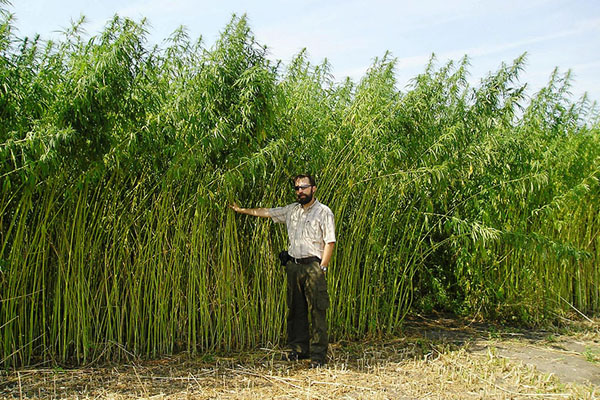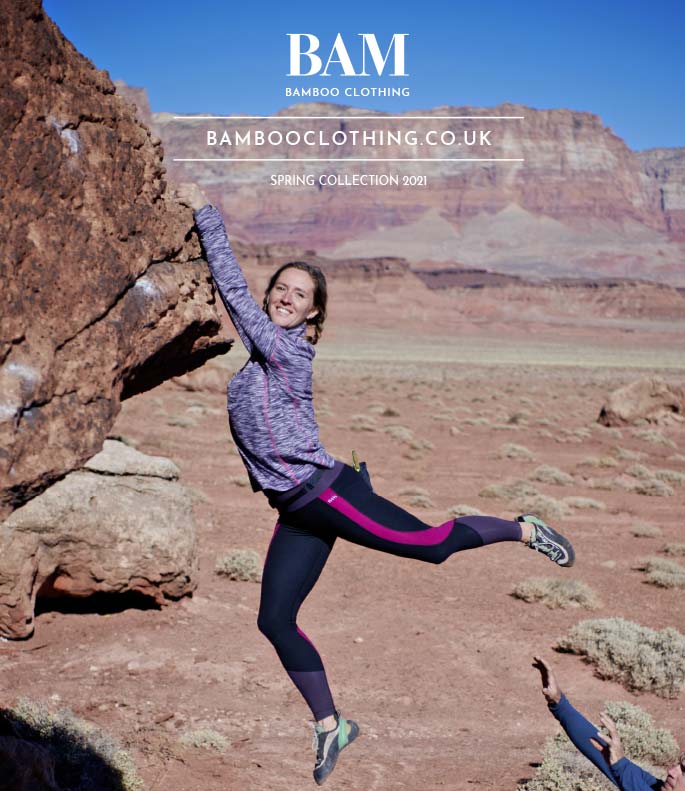New Tips For Deciding On Hemp Clothing
Wiki Article
What Makes Hemp More Environmentally Sustainable Than Cotton On Water Use And Pesticides?
Due to a variety of reasons, hemp is believed to be a more sustainable plant than cotton in relation to the use of water, pesticides, and herbicides.
Hemp- Hemp is known for its relatively low water requirements when compared to a variety of other crops, such as cotton. It is a drought-tolerant, low-irrigation plant. Hemp is typically grown using rainwater in many areas. It's a great water-efficient plant.
Cotton- Cotton is notoriously water-intensive. Cotton farming typically requires a lot of irrigation that can drain local water resources and lead to the water crisis in regions that are stressed by water. The cotton farming industry has been criticized for its water-intensive methods.
Pesticides and herbicides
Hemp: Hemp has a natural resistance against various pests. This reduces the requirement for synthetic pesticides. Although some hemp plants may require some pest management strategies however, the total dependence on chemical inputs is lower in comparison to other crops, including cotton. Hemp organic cultivation is virtually non-pesticide.
Cotton- Conventional cotton farming is heavily dependent on synthetic pesticides. Herbicides can also be used to control the spread of weeds. The use of these chemicals can have negative environmental impacts which include water and soil contamination, harm to non-target species as well as the growth of pesticide-resistant pests.
Summary Hemp is a environmentally sustainable crop than most when it comes to the use of water, pesticides, and herbicides.
Hemp is a plant that can be grown with minimal water, rainwater or irrigation.
Hemp is naturally resistant to pests and disease, which helps reduce the need for pesticides.
Hemp is generally grown with lower levels of herbicides and pesticides compared to conventional cotton.
It's also essential to recognize that sustainable practices and environmentally friendly farming methods can vary depending on the area and the individual growers. Organic farming practices can also improve sustainability by reducing the usage of synthetic chemical and promoting soil quality. Concerning the environmental impact of textiles and clothing impact hemp and cotton fibers which are sustainable and organically made can decrease the fashion industry’s ecological footprint. See the top hemp clothing for site recommendations including hemp baja hoodie, hemp athletic wear, hemp textiles, hemp pants, hemp sweatshirt, nomad hemp clothing, hemp apparel fabric, patagonia hemp jacket, hemp yoga pants, hemp denim and more.

What Is It That Gives Hemp Fibers Breathable, Moisture-Wicking And Thermoregulatory Properties?
Hemp fibers are both breathable and moisture-wicking. They also have thermoregulatory properties due to their unique chemical and structural features. These properties are due to the following aspects. Microstructure- Hemp fibres have a hollow, porous structure which allows air to circulate inside the fibers. This porosity in hemp fibers make them extremely air-tight. The structure, when knitted or knitted, permits air to flow, promoting ventilation, and preventing heat and humidity from building up against the body.
Hemp fibers can be used to absorb water and help wick away moisture. Hemp fibers can absorb sweat or moisture from your body, thus removing the sensation of wetness. The hemp fibers can also help in removing moisture from the body and allows it to evaporate more quickly. The hemp's moisture-wicking properties make you feel dry and comfortable during physical activity or in hot weather.
Thermoregulation Hemp fibers have natural insulating properties. In cold temperatures, they hold the body's heat and provide warmth. They also allow the heat and moisture to escape in hot weather, which can help you to cool down. Because of their thermoregulatory property, hemp clothing can be used for different temperatures and types of activities.
Hemp fibers contain natural antimicrobial properties that aid in preventing the growth of bacteria that cause odor. This contributes to the freshness and odor resistance smell of hemp clothing during times of exercise.
Hemp clothing is durable and lasts for a long time. It is able to be washed and worn over and over without losing its breathability and moisture-wicking abilities. This prolongs the life of hemp clothing, which reduces their need to be replaced and also the environmental impact.
UV Protection Hemp fibers are a natural UV protectant, shielding the skin from harmful UV rays. This UV blocker's ability enhances the versatility of hemp clothing and makes it suitable for activities outdoors.
Note that these properties of hemp are intrinsic and not dependent on any additives or chemical treatment. Hemp is a naturally-occurring fiber with many characteristics that make it durable and comfortable for clothing. This is particularly true for outdoor wear, activewear, and warm-weather apparel. Furthermore, these characteristics remain even after hemp fibers are processed to weave into fabrics, making them highly desirable for eco-friendly and functional clothing. Follow the recommended hemp clothing url for site examples including hemp pants mens, hemp trousers, hemp mens jeans, hemp long sleeve shirt, hemp shirts, hemp baja hoodie, hemp clothing, hemp golf shirts, hemp sweater, hemp sweatpants and more.

What are the main differences between hemp and bamboo fibers
Two distinct fibers, hemp and bamboo, are used for the production of textiles. Each of them is unique and comes with its own advantages and distinctive particularities. These are the main distinctions between hemp and bamboo fibers. Plant Source-
Hemp Fibers Hemp fibers can be made from hemp stalks, most specifically, the outer bast. Hemp has been used for a variety of reasons over the centuries. Hemp is a rapid-growing and adaptable plant.
Bamboo fibers are made from bamboo pulp. Bamboo is a fast-growing species of grass, known for the speed of renewal and longevity.
2. Fiber Characteristics-
Hemp Fibers- Hemp fibers have a reputation for strength and durability. They are among the strongest natural fibres, and they soften after every washing. They are ideal for textiles that are durable.
Bamboo Bamboo fibers are exceptionally soft and have a silky texture. They may be less dense and less sturdy than hemp, but they are loved for their softness and comfort.
3. Texture and Feeling
Hemp- Hemp fabrics have an abrasive, textured feel in their natural state. While it can be an extremely comfortable fabric, its texture is different from bamboo.
Bamboo fabric is silky smooth and extremely soft. It's described as being a blend of cotton and silk, which makes it extremely comfortable to wear.
4. Breathability (and moisture-wicking)-
Hemp- Hemp fibres are naturally breathable, moisture-wicking and allow air circulation. They absorb moisture and permit air circulation. They are able to keep you cool and dry in hot temperatures.
Bamboo fibers also have the ability to wick away moisture and are highly air-tight. Micro-gaps increase the capacity of bamboo fibers to regulate moisture levels and temperatures, ensuring you are comfortable no matter what conditions.
5. Environmental Impact-
Hemp- Hemp is considered an eco-friendly fiber due to its minimal water requirements rapid growth rate, as well as resistance to pests. This reduces the need for pesticides as well as herbicides. Hemp can also absorb carbon dioxide from the atmosphere during its growth.
Bamboo's sustainability is widely known. It is fast growing, requires only a small amount of water, and is able to be grown without synthetic pesticides or herbicides. Certain bamboo varieties, such as Moso bamboo are highly eco-friendly.
6. Processing-
Hemp- Hemp fibers must be extensively processed to separate the outer bast fibers from their inner core. Processing may include retting or decortication.
Bamboo The bamboo fibers are made by a chemical known as the viscose process. It is done by using chemicals to break the bamboo into pieces. This can be damaging to the environment if it is not handled responsibly. However, certain bamboo textiles employ closed-loop methods that help reduce the amount of chemical waste.
7. Versatility-
Hemp Fibers Hemp fibers can be used for a number of uses, which include textiles, clothing paper, building materials.
Bamboo Fibers- Bamboo fibres are utilized mostly in textiles and clothing however, they can be found in other products like bedding, towels and even towels.
Both bamboo and hemp have distinctive properties that provide sustainable benefits. The decision between them is based on the specific characteristics and properties you seek in a textile item and your environmental preferences. Follow the best bamboo clothes for blog examples including bamboo trousers mens, bamboo button down shirts, cotton bamboo pajamas, bamboo fibre clothing, bamboo exercise clothing, cheapest bamboo pajamas, rayon from bamboo fabric, bamboo yoga pants, bamboo ladies pants, bamboo clothing sustainable and more.
